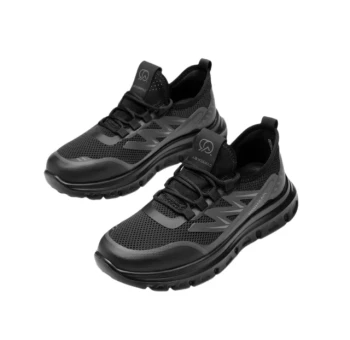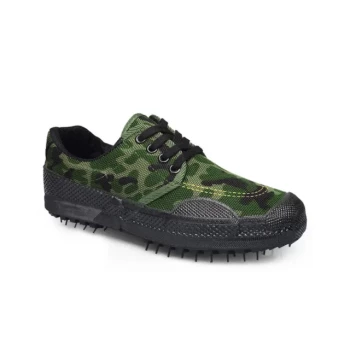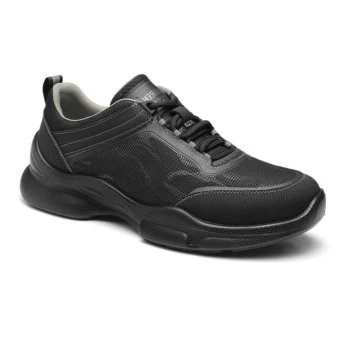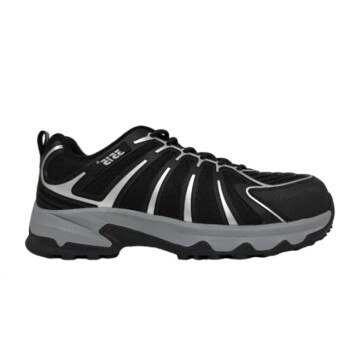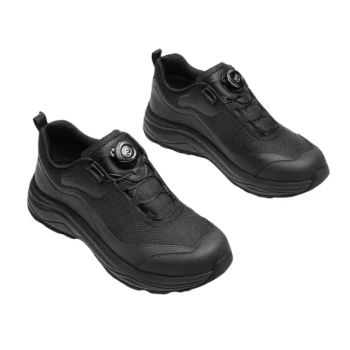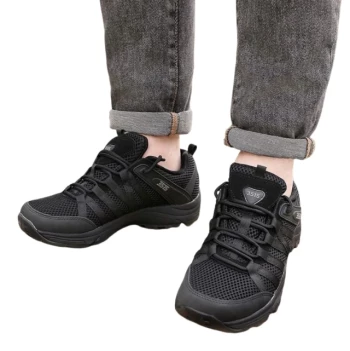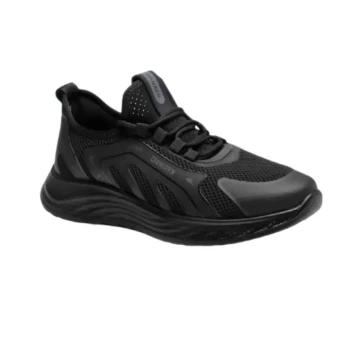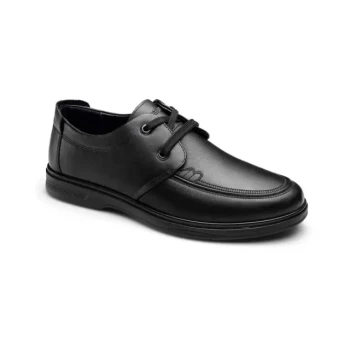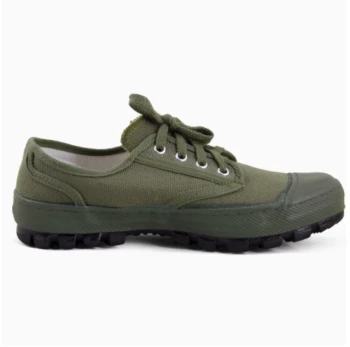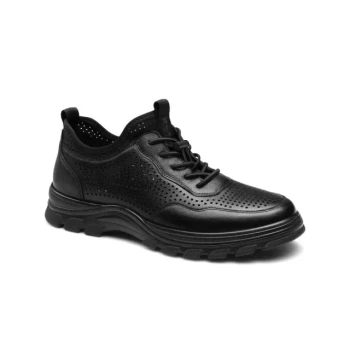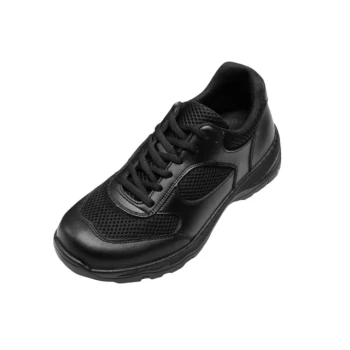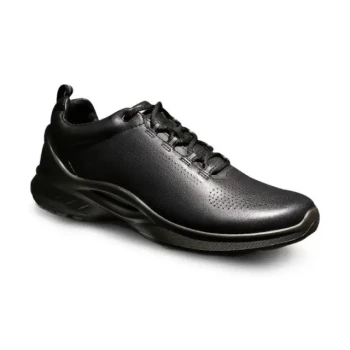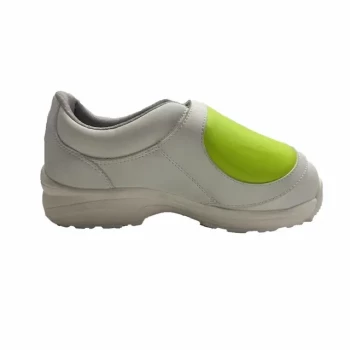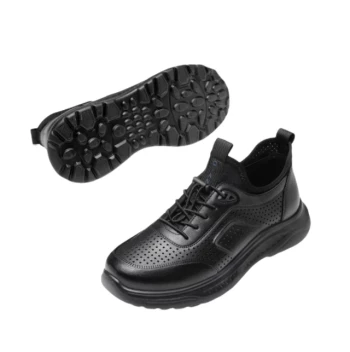The preference for hiking shoes over boots stems primarily from a desire for efficiency, biomechanical freedom, and fatigue reduction. Hikers choose shoes to minimize the weight on their feet, which significantly lowers energy expenditure over long distances. This choice prioritizes breathability, flexibility, and quick-drying capabilities over the heavy structural isolation and rigid ankle support traditionally offered by boots.
The core distinction lies in the philosophy of movement: boots are designed to shield the foot and support heavy static loads, while hiking shoes are engineered to facilitate agility, speed, and natural foot mechanics on established terrain.
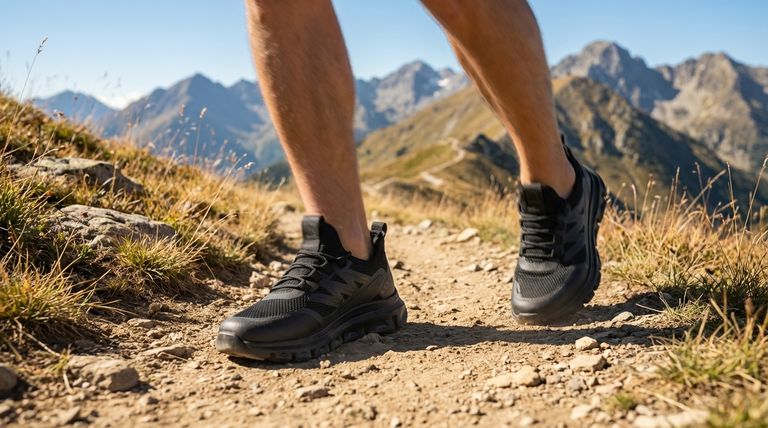
The Performance Advantages of Hiking Shoes
Weight Reduction and Energy Efficiency
The most immediate benefit of hiking shoes and trail runners is a dramatic reduction in weight. While hiking boots often weigh between 3 and 4 pounds, shoes are significantly lighter.
Lighter footwear translates directly to endurance. Moving less mass with every step reduces muscle fatigue, allowing hikers to cover more ground with less effort.
Superior Breathability and Moisture Management
Hiking boots, particularly those made of all-leather or heavy waterproof membranes, often trap heat and moisture. In contrast, hiking shoes frequently utilize mesh uppers that maximize ventilation.
This airflow is critical for preventing blisters. By allowing perspiration to escape and drying quickly after water exposure, shoes reduce the friction caused by wet skin.
Flexibility and Agility
Boots are often rigid, requiring a "break-in" period to become comfortable. Hiking shoes offer immediate flexibility, allowing the foot to flex naturally.
This flexibility provides better ground feel and agility. On well-maintained trails, the ability to adapt quickly to the terrain allows for faster movement and better balance than the stiff platform of a boot.
Understanding the Trade-offs
The Compromise on Stability
The primary sacrifice when choosing shoes is ankle support. Boots are designed to lock the ankle in place, which is a safety feature when carrying heavy backpacks or traversing extremely uneven, off-camber terrain.
Shoes expose the ankle. This requires the hiker to have stronger ankle stability naturally, as the shoe will not mechanically prevent rolling during a misstep.
Protection Against the Elements
Low-cut shoes leave the ankle vulnerable to debris, mud, and snow. While boots provide a sealed barrier against deep mud or snowpack, shoes can allow these elements to enter from the top.
Durability in rugged conditions varies. While shoes are excellent for trails, the lighter materials may wear down faster than the heavy leather construction of a traditional backpacking boot when subjected to abrasive, off-trail environments.
Making the Right Choice for Your Goal
Selecting the correct footwear depends entirely on the terrain, the weight of your pack, and your personal biomechanics.
- If your primary focus is speed and distance: Choose lightweight hiking shoes or trail runners to minimize fatigue and maximize breathability on groomed trails.
- If your primary focus is carrying heavy loads: Choose hiking boots to provide the structural ankle support necessary to stabilize the additional weight of a backpacking pack.
- If your primary focus is hot weather hiking: Choose mesh-heavy hiking shoes to ensure ventilation and prevent the moisture buildup that leads to blisters.
Ultimately, the best choice is the one that balances the terrain's demands with the level of support your feet require to remain injury-free.
Summary Table:
| Feature | Hiking Shoes | Hiking Boots |
|---|---|---|
| Weight | Lightweight (energy efficient) | Heavy (3-4 lbs) |
| Breathability | High (mesh uppers) | Low (traps heat/moisture) |
| Ankle Support | Low (requires natural stability) | High (structural support) |
| Best For | Speed, distance, groomed trails | Heavy loads, rugged, off-trail terrain |
Ready to Equip Your Customers with the Perfect Footwear?
As a large-scale manufacturer, 3515 produces a comprehensive range of footwear for distributors, brand owners, and bulk clients. Whether your market demands the lightweight agility of hiking shoes or the rugged support of boots, our production capabilities encompass all types of shoes and boots to meet your specific needs.
Contact 3515 today to discuss your footwear requirements and leverage our manufacturing expertise for your success.
Visual Guide
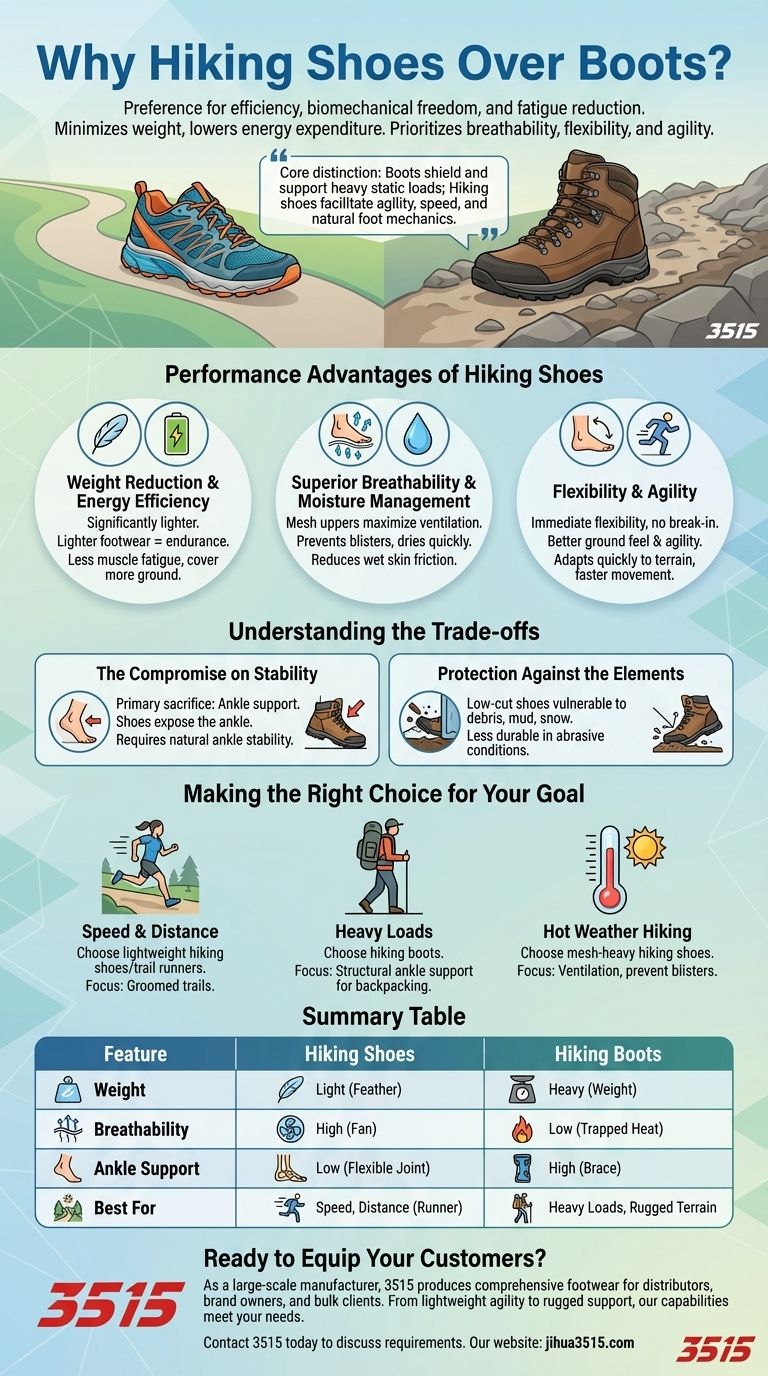
Related Products
- Wholesale Lightweight Cushioned Athletic Sneakers for Custom Bulk Production
- Wholesale Durable Camouflage Canvas Shoes with High-Traction Cleated Rubber Sole
- Wholesale Breathable Training Shoes Custom Athletic Footwear Manufacturer
- Premium KPU Athletic Safety Shoes for Wholesale
- Wholesale Training Shoes with Dial Lacing System Custom OEM Manufacturing
People Also Ask
- How do non-slip athletic shoes differ from regular athletic shoes? Discover the Grip Technology
- What is the final recommendation for choosing between walking and running shoes? Optimize Comfort and Performance
- What is the significance of arch support in running and walking shoes? Enhance Comfort and Prevent Injury
- Is it advisable to run in walking shoes? Avoid Injury with the Right Footwear
- Why are running shoes considered the best for walking? Unlock Superior Comfort and Support
